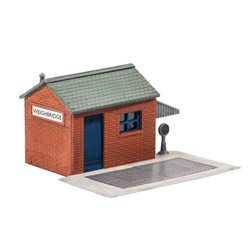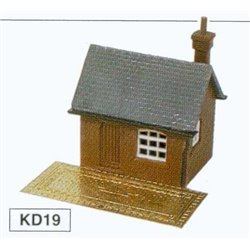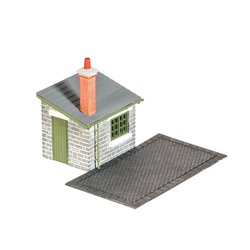Static grass puffer bottles work by manually charging model grass fibres with static electricity. When the charged...
No products
Product successfully added to your shopping cart
There are 0 items in your cart. There is 1 item in your cart.
Search Tips
To be realistic, should I install a weighbridge in my goods yard?
Installing a weighbridge in a goods yard can add a level of realism to a model railway layout, particularly if the Modeller is creating a prototypical or historically accurate scene. A weighbridge is a device used to weigh loaded railway wagons and trucks and it was a common feature of many goods yards during the steam era.
Freight would arrive by road and then the exact weight would be calculated by the weighbridge, which in turn allowed the 'Freight price' by rail to be calculated. The Freight could then be held in a storage shed prior to onward transport to its intended destination.
However, the decision as to whether or not to install a weighbridge on a layout ultimately depends on the personal preferences of the Modeller and the level of detail they wish to include. When modelling a specific prototype or era, it may be worth researching whether weighbridges were commonly used in goods yards during that time and in that location.
Ultimately, the decision to include a weighbridge in a layout should be based on the personal preferences of the Modeller and the specific details of the chosen prototype.
Click here to receive the tips weekly in your mailbox. You can unsubscribe at any time.










